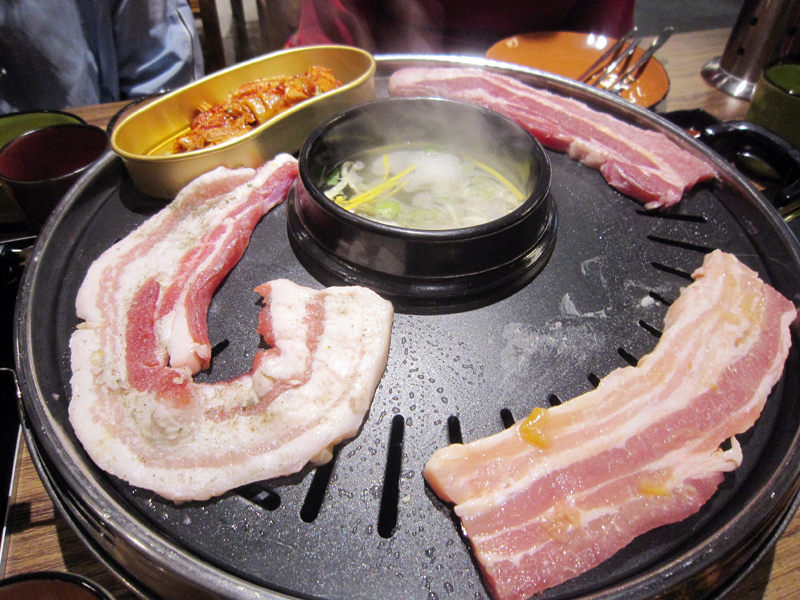More flavors, more K-drama at Sam Stew
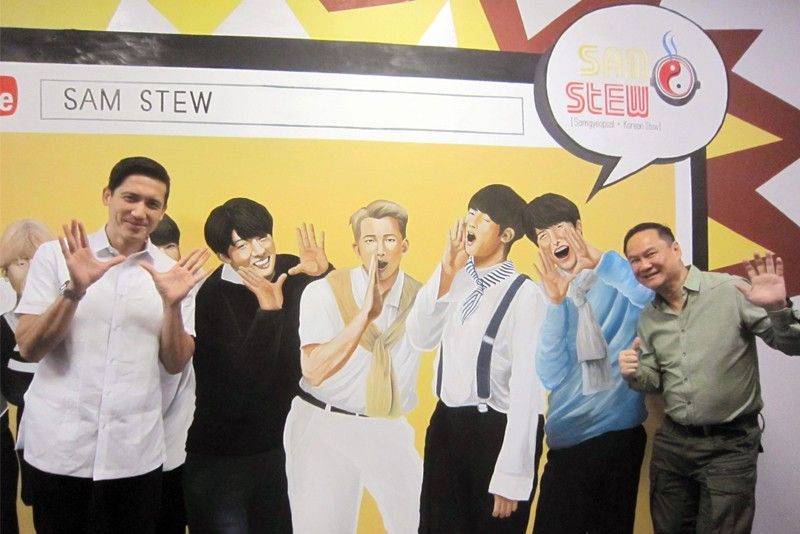
George Pua, the creative force behind the eat-all-you-can Korean barbecue craze, sent his team to study under chef K.D. Park of Jung Sung Cook culinary school.
MANILA, Philippines — There’s something special about Sam Stew that makes it different from all the other samgyeopsal places in the metro. The Korean dish, which consists of slices of pork belly cooked on a grill at the diner’s table, has become as familiar as those popular Korean telenovelas and K-pop boy bands among Filipino fans.
“But while the other samgyeopsals offer only one type of marination, which is soy, what we have are eight different colors of marination, so you get different flavors and tastes,” explains George Pua, president of No Limits Food Inc. “Starting from the lightest to the strongest, these are salt and pepper, wine, ginseng, herbs, curry, soybean paste, chili paste, and garlic.”
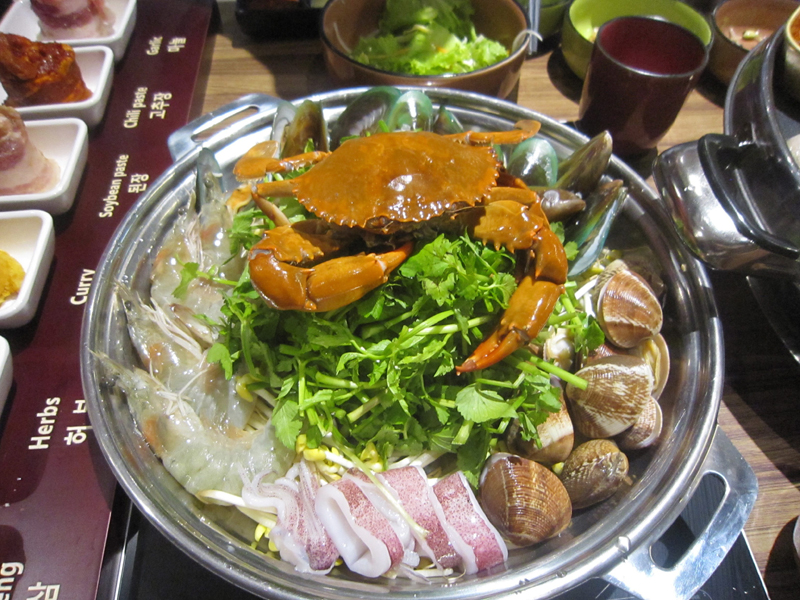
Pua is the creative force behind the very popular K-Pub restaurant that started the Korean barbecue, eat-all-you-can craze within a time limit of one hour. “We started the unlimited samgyeopsal trend six years ago, then all the others followed suit,” Pua relates.
At the newly opened Sam Stew restaurant at Vertis North in Quezon City, a variety of Korean stews is served in addition to the samgyeopsal; thus the name Sam Stew. “This is very popular in Korea,” Pua says.
He discovered the different types of stews on a trip he took to Korea four years ago. “The restaurants each specialize only in one dish, each one serving their own version of these stews,” he recalls. “But you cannot have it that way here since Filipinos like to have a variety to choose from, all in one restaurant. So I put together all the dishes that I like and offer them at Sam Stew.”
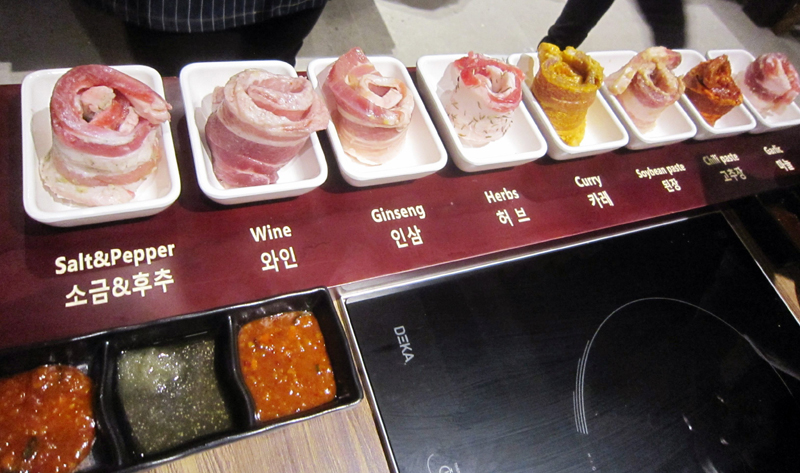
The menu includes all-time Korean favorites such as Galbi Jjim, which is made with braised short ribs. Traditionally served to emperors, this special dish is usually eaten during birthdays and holidays. The Haemul Tang is a hearty hotpot made with an assortment of seafood. There’s comfort food such as the spicy and savory Kimchi Jjigae and the winter dish, Dak Galbi or spicy stir-fried chicken. The Budae Jjigae stew or army-base stew was invented after the Korean War when food was scarce and Koreans had to scrounge for ingredients from the US army bases.
“Nothing is wasted,” Pua says. It’s one of the things he admires about Korean culture.
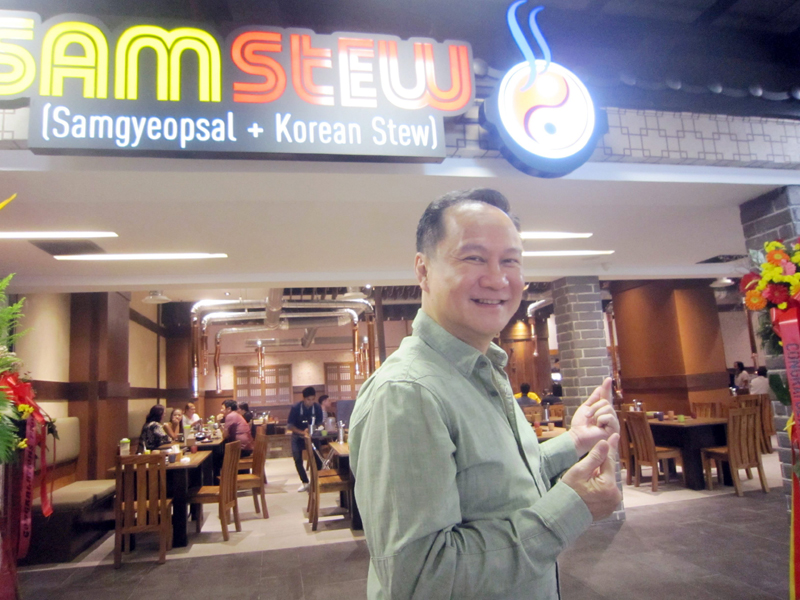
A Korean designer did the interior of the restaurant, so the design, execution and vibe of the whole place is authentic Korean, with such traditional elements as the black accessories on the door, the windows, the wallpaper, and the pillars. There is a sunken area typically reserved for VIPs.
Pua sent a technical team to Korea to train under Chef KD Park of Jung Sung Cook culinary school, “where they learned everything they needed to know about food quality and food preparation that conform to the highest standards of Korean food and dining culture. I told them specifically what dishes I wanted them to learn. I knew exactly what I wanted.”
Pua credits his mom for his early interest in cooking. As the youngest child, he was often in the kitchen beside his mom while she prepared the family meals. She was an advocate of nothing less than quality food, he recalls. He knew how to cook as early as 10 years old.
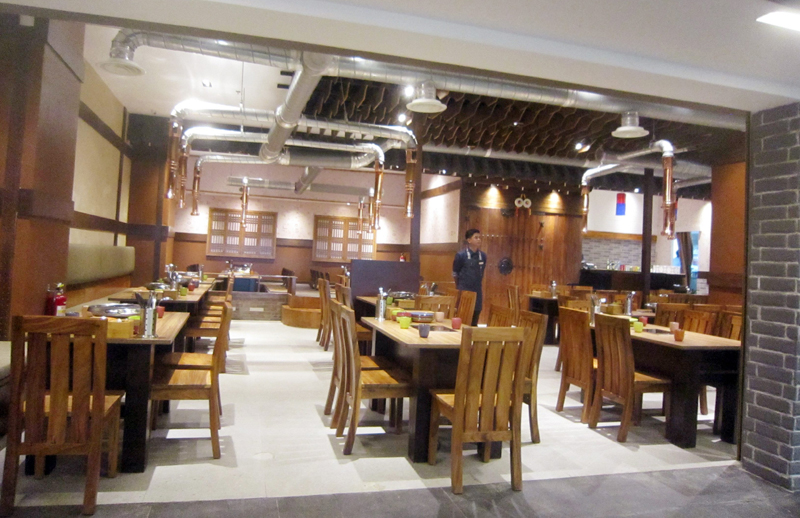
“This is my advantage over others as a restaurateur,” he says. “I don’t just depend on the chef because I am able to tell them what to do because I know. When you are a foodie, you have developed very sharp taste buds. When you taste a dish, you are able to tell what are the ingredients.”
He just loves to eat, he says. He likes Asian cuisine, whether Korean, Japanese, Thai, Taiwanese or Filipino. “Whenever I travel to Europe or the US, I look for the Asian restaurant,” he shares. This preference is reflected in the types of restaurants that he has opened and manages as a hands-on restaurateur, which include Modern China, Ogawa, Thai BBQ, Rico’s Lechon, Oppa Chicken, K-Pub and Sam Stew. The common denominator among all his restaurants is that they all serve good, delicious food. “Because when the owner is a foodie, you will never agree to something mediocre.”
This is how he’d like to define the dining experience at Sam Stew. He says, “We are superior in food quality. You come not just to fill up the tummy but to enjoy the food.”
